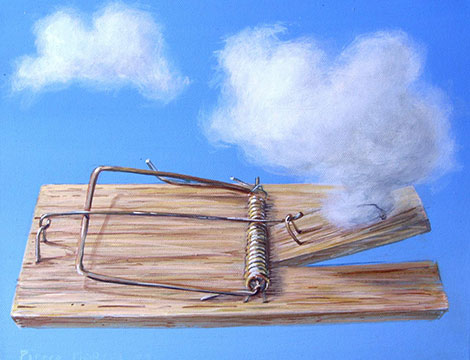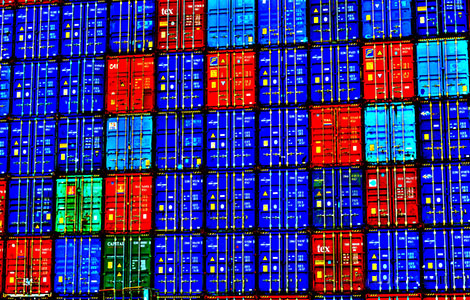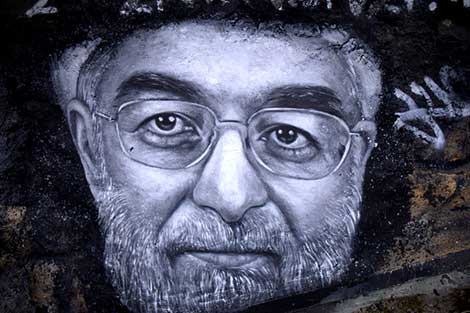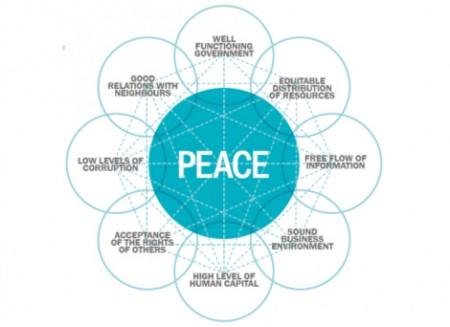
This article was originally published by the Council on Foreign Relations on 1 June 2017.
Introduction
President Donald J. Trump has strongly criticized the 2015 Paris Agreement on climate reached by President Barack Obama’s administration, arguing that the global deal to cut back carbon emissions would kill jobs and impose onerous regulations on the U.S. economy. As a result, in June 2017 he announced that the United States will exit the agreement. With the United States producing nearly one-fifth of all global emissions, the U.S. withdrawal from the accord could undercut collective efforts to reduce carbon output, transition to renewable energy sources, and lock in future climate measures.
Debate over the impact of withdrawal continues. While Trump has rolled back climate regulations at a federal level, thirty-four states, led by California and New York, have undertaken their own ambitious carbon reduction plans.
What is the status of the Paris Agreement?
The Paris Agreement was finalized at a global climate conference in 2015, and entered into force in November 2016 after enough countries, including China and the United States, ratified it. The nearly two hundred parties to the deal—only Syria and Nicaragua have failed to sign on—committed to voluntary reductions in carbon emissions with the goal of keeping global temperature increases below 3.6 degrees Fahrenheit (2 degrees Celsius), a level that the assembled nations warned could lead to an “urgent and potentially irreversible threat to human societies and the planet.”




